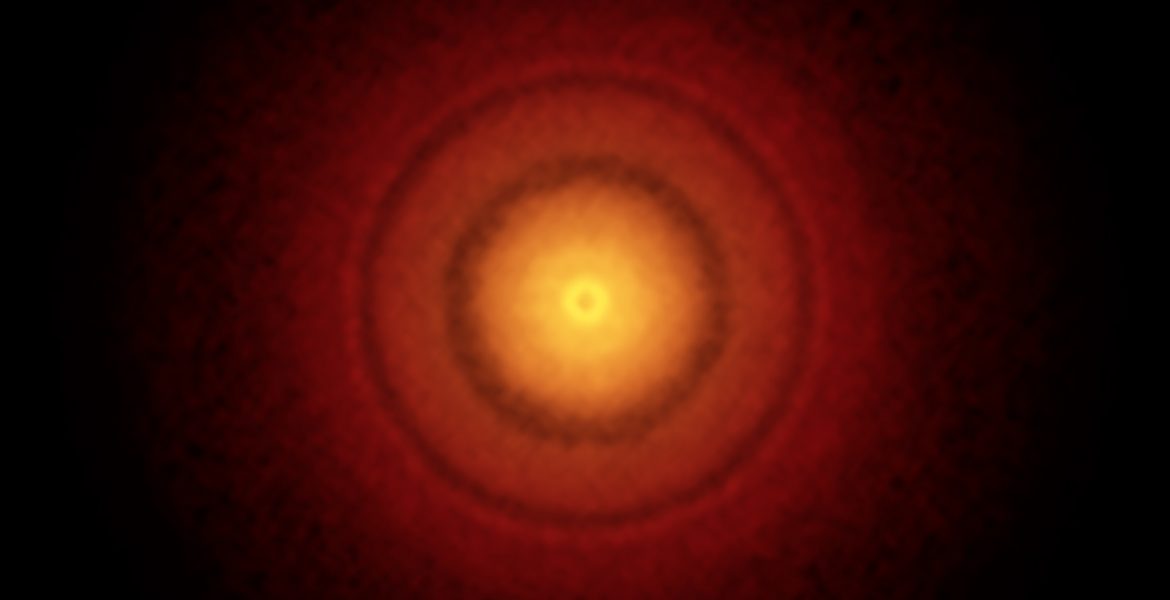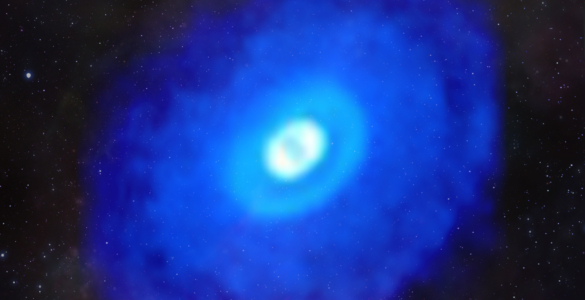The organic molecule methyl alcohol (methanol) has been found by the Atacama Large Millimeter/submillimeter Array (ALMA) in the TW Hydrae protoplanetary disk. This is the first such detection of the compound in a young planet-forming disk. Methanol is the only complex organic molecule as yet detected in disks that unambiguously derives from an icy form. Its detection helps astronomers understand the chemical processes that occur during the formation of planetary systems and that ultimately lead to the creation of the ingredients for life.
The protoplanetary disk around the young star TW Hydrae is the closest known example to Earth, at a distance of only about 170 light-years. As such it is an ideal target for astronomers to study disks. This system closely resembles what astronomers think the Solar System looked like during its formation more than four billion years ago.
ALMA is the most powerful observatory in existence for mapping the chemical composition and the distribution of cold gas in nearby discs. These unique capabilities have now been exploited by a group of astronomers led by Catherine Walsh (Leiden Observatory, the Netherlands) to investigate the chemistry of the TW Hydrae protoplanetary disc.
The ALMA observations have revealed the fingerprint of gaseous methyl alcohol, or methanol (CH3OH). Methanol, a derivative of methane, is one of the largest complex organic molecules detected in disks to date. Identifying its presence in pre-planetary objects represents a milestone for understanding how organic molecules are incorporated into nascent planets.
The complete press release explaining this result is available here.

















